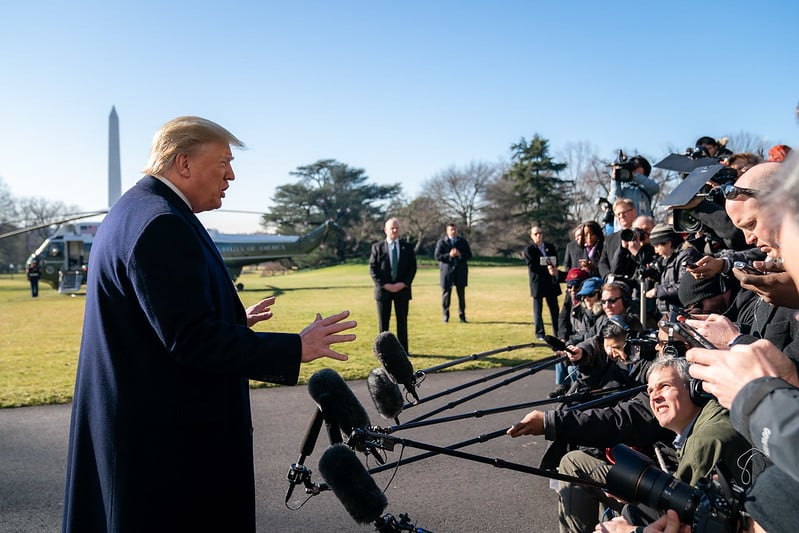Impact of Inflation Trends and Tariffs on Economic Performance Ahead
- Small Town Truth

- Aug 31
- 2 min read

Recent trends in inflation remain relatively mild, but new data suggests potential shifts that could impact the economy. Observers note that rising inflation may challenge the stock market's current strong performance, which is hovering near historical highs.
While inflation rates have not surged dramatically, there are signs that changes may be on the horizon. Following the imposition of tariffs by the Trump administration earlier this year, stakeholders from Federal Reserve Chairman Jerome Powell to individual investors are keenly assessing the implications for inflation rates and the broader economic landscape.
The Tariff Effect
Tariffs are designed to increase the cost of imported goods, thereby bolstering domestic products. As of now, these tariffs have generated significant government revenue, totaling over $29 billion from customs and excise taxes in July 2023, a notable increase from previous years, where such taxes typically fell below $10 billion monthly.
Despite the current stability, many economists voice concerns regarding the long-term effects of tariffs on inflation. Although inflation has remained in check, recent reports, particularly the Producer Price Index (PPI) from July 2023, indicate a potential shift. The PPI, which measures wholesale price trends, saw an unexpected rise of 0.9% compared to the previous month, surpassing predictions of 0.2%. This rise represents the largest increase since mid-2022, a period marked by high inflation.
Potential Implications for Consumers
Analysts are advising caution. Clark Geranen, Chief Market Strategist at CalBay Investments, commented, “The fact that PPI was stronger than expected and CPI has been relatively soft suggests that businesses are eating much of the tariff costs instead of passing them on to the consumer.” He added, however, that this could change, with potential cost increases being passed onto consumers in the near future.
Financial markets appeared impacted by the PPI report, as traders revised the likelihood of the Federal Reserve decreasing interest rates. Prior to the PPI data, a 99% probability of a rate cut at the upcoming September meeting had been estimated; this figure later adjusted to around 85% following the release.
Future Outlook
As the market anticipates up to five interest rate cuts by 2026, the Fed faces a delicate balancing act. Higher inflation could hinder their capacity to implement aggressive rate cuts, leading to an economic condition known as stagflation, characterized by simultaneous unemployment and inflation increases.
Overall, the evolving tariff landscape presents a complex scenario. With the stock market at historically high levels and potential pressures from tariffs, the situation remains fluid, indicating a period of uncertainty for future economic policies and market performance.
Make No Mistake: President Donald Trump Has a Tariff Problem That Could Be a Roadblock for a Stock Market Hovering Around All-Time Highs
.png)